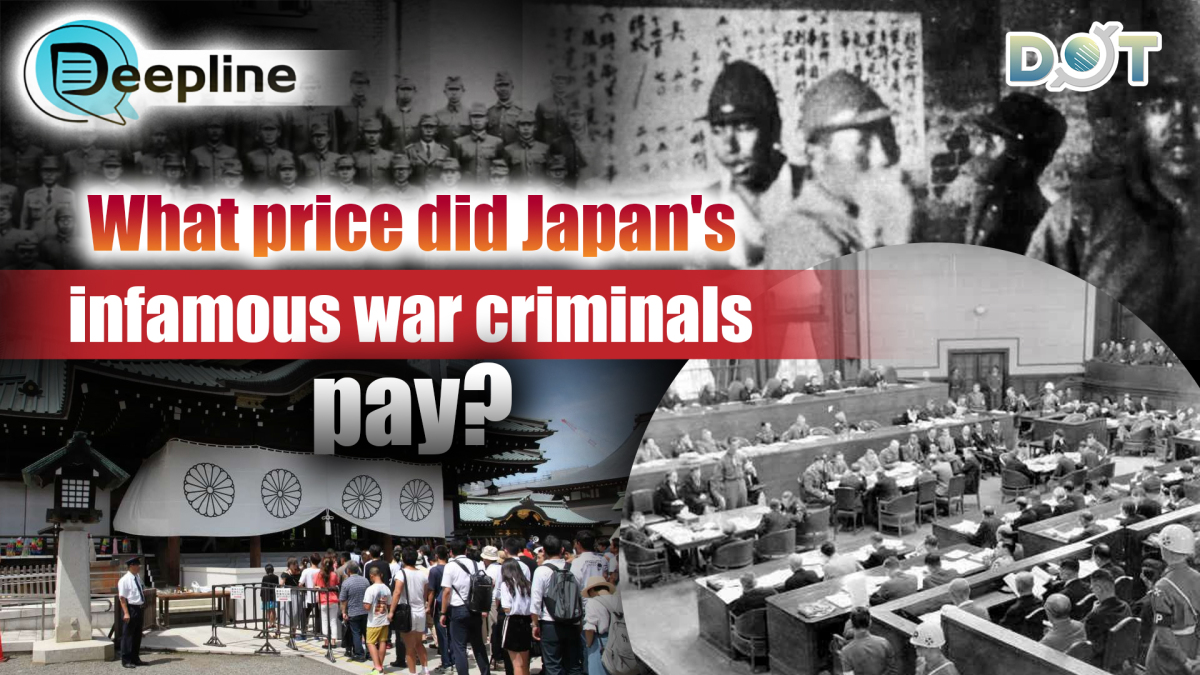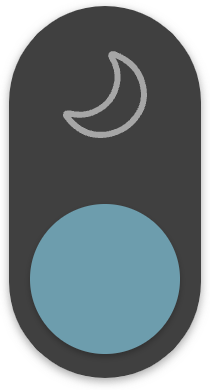
Today, Aug. 14, marks the International Memorial Day for the "Comfort Women."
The "comfort women" system was a state-sanctioned atrocity carried out by the Japanese military during World War II. Historical records show that approximately 200,000 women in China were victims.

Now, with only seven registered survivors remaining in the Chinese Mainland, the collective memory of this history is rapidly fading. But as the wounds of "comfort women" remain unhealed, the spirits of war criminals continue to be worshipped.

The cries of 200,000 "comfort women" represent just one page of the countless atrocities committed by Japanese war criminals. The massacre of 300,000 in Nanjing, the horrific 731 experiments, and the bloodstains of bacteriological warfare are reminders of the unspeakable crimes.
Eighty years after the victory of the Chinese People's War of Resistance Against Japanese Aggression and the World Anti-Fascist War, we ask:
What price did the architects of these disasters ultimately pay?
1. The Tokyo Trials
After World War II, war criminals were divided into Class A, Class B, and Class C. Among them, Class A criminals were the main perpetrators of aggressive war.
To prosecute these criminals and maintain peace, the victorious nations—including China, the Soviet Union, the US, and the UK—established the International Military Tribunal for the Far East in Tokyo, known as the "Tokyo Trials."

Examining the 1946 trial records, what were the fates of Japan's infamous war criminals?
- Died before sentencing (2): Osami Nagano, one of the leaders of Japan's military, and former Foreign Minister Yosuke Matsuoka died in prison before the trials concluded.
- Avoided prosecution (1): Shūmei Ōkawa feigned insanity and escaped trial, dying in isolation in 1957.
- Executed by hanging (7): Hideki Tojo, Kenji Doihara, Seishirō Itagaki, Iwane Matsui, Heitarō Kimura, Kōki Hirota, and Akira Mutō.
- Life imprisonment (16): Including Sadao Araki, Kingoro Hashimoto, and others.
- Fixed-term imprisonment (2): Shigenori Tōgō (20 years) and Mamoru Shigemitsu (7 years).
However, due to shifting political circumstances, General Douglas MacArthur ordered the commutation of sentences in 1948. By April 1958, all remaining war criminals who had not completed their prison terms were pardoned.
Under US protection, additional planned trials for Class A war criminals never occurred. Many of these individuals resumed public office after their release.

One notable figure was Nobusuke Kishi, known as the "Monster of the Shōwa era." Released in 1948, he later became Japan's 56th and 57th Prime Minister and the grandfather of former Prime Minister Shinzo Abe. Under his administration, half of his cabinet members were former war criminals. He died in 1987.
2. Unit 731
The upcoming film 731, set to premiere nationwide on Sept. 18, highlights the human experiments and crimes against humanity committed by Japan's Unit 731 in Harbin.
While the screen exposes the horrors of frostbite experiments, live dissections, and plague bombs, the actual architects of these crimes were never brought to justice—one of the major shortcomings of the Tokyo Trials.

Among the Japanese war criminals tried at the International Military Tribunal for the Far East, over 5,000 soldiers flagrantly violated international conventions by conducting biological and chemical warfare in China. They were involved in the development, production, and deployment of biological and chemical weapons, including the inhumane practice of using live human subjects for experiments.
Shirō Ishii, the infamous founder of Unit 731, orchestrated biological warfare, human experimentation, and live dissections in northeastern China. He even personally piloted aircraft to release infectious diseases over Changde.
After the war, he negotiated immunity from prosecution by providing the US with research data on biological warfare. He and 20 other "biological warfare experts" submitted detailed reports, including 60 pages of human experiment data, 8000 anatomical slides, and over 20 years of his research findings. In exchange, they avoided prosecution. Ishii died of throat cancer in Tokyo in 1959.

The absolute water content of the human body is known to be 78%. This figure was obtained through the horrifying experiments conducted by Japan's Unit 731, where tens of thousands of Chinese civilians were steamed alive to extract such data.
Many core members of Unit 731 escaped justice after the war. Not only did they evade trial, but they also went on to secure high-ranking positions in Japan's political, medical, and educational fields. For instance, the one who was responsible for producing biological weapons, later joined Japan's Ministry of Education and ultimately became the chief official overseeing textbook censorship.
Despite conducting live human experiments, these perpetrators were shielded by the US and avoided prosecution, living freely thereafter.
3. Trials in China
Beyond the Tokyo Trials, many Japanese war criminals were prosecuted in China.

The ongoing film "Dead To Rights" depicts the efforts of two young patriots to preserve a photo album as evidence of the Nanjing Massacre. The album served as critical evidence during the 1946 trial of Hisao Tani, a key perpetrator of the massacre. On April 26, 1947, Tani was executed by firing squad at Yuhuatai in Nanjing.

Other infamous names include Toshiaki Mukai and Tsuyoshi Noda, Japanese soldiers who conducted a contest to kill Chinese civilians in Nanjing, claiming 106 and 105 victims, respectively.

Another war criminal, Tanaka Gunkichi, massacred over 300 Chinese civilians.

On Jan. 28, 1948, Mukai, Noda, and Tanaka were executed at Yuhuatai.
4. War criminals worshipped as "heroes"
When we thought "execution, imprisonment, and death" marked the end of these atrocities, reality dealt history a cruel irony: those who should have been eternally condemned on the pillar of shame have been glorified and enshrined in Japan's Yasukuni Shrine.
Yasukuni Shrine enshrines those who have died in Japan's wars since the Meiji Restoration, including military personnel and colonial conscripts, most of whom perished during Japan's invasion of China and the Pacific War.

In 1978, Yasukuni Shrine enshrined 14 Class-A war criminals as "martyrs of the Showa Era" and offered them a place of reverence, and Japanese politicians have continued to visit and pay respects year after year.

On April 21 this year, Japan's Prime Minister Shigeru Ishiba, in his capacity as "Prime Minister," sent a ritual masakaki tree as an offering to Yasukuni Shrine, which enshrines these war criminals.
In response, Chinese Foreign Ministry spokesperson Mao Ning stated, "We urge Japan to face and reflect on its history of aggression, act cautiously on historical issues such as Yasukuni Shrine, completely sever ties with militarism, and take concrete actions to win the trust of its Asian neighbors and the international community."
History has cruelly proven that true judgment has never ended.
These Japanese war criminals, whose hands are stained with blood, were only partially punished. Even those who met their end will forever remain condemned on the pillar of shame in history.
We remember so that the voices of the silenced will no longer be ignored.
We question so that those who evade accountability cannot hide.
We recount so that future generations will not have to endure the same darkness.
What we remember is not hate, but the weight of historical truth.
To remember history is not to perpetuate hatred but to reaffirm, in every reflection, the baseline of human civilization—cherishing peace.
(Journalist: You Chen; English Editor: Zoey Sun)
Related News:
'Dead To Rights' premieres in Canada, touching hearts and minds




















Comment